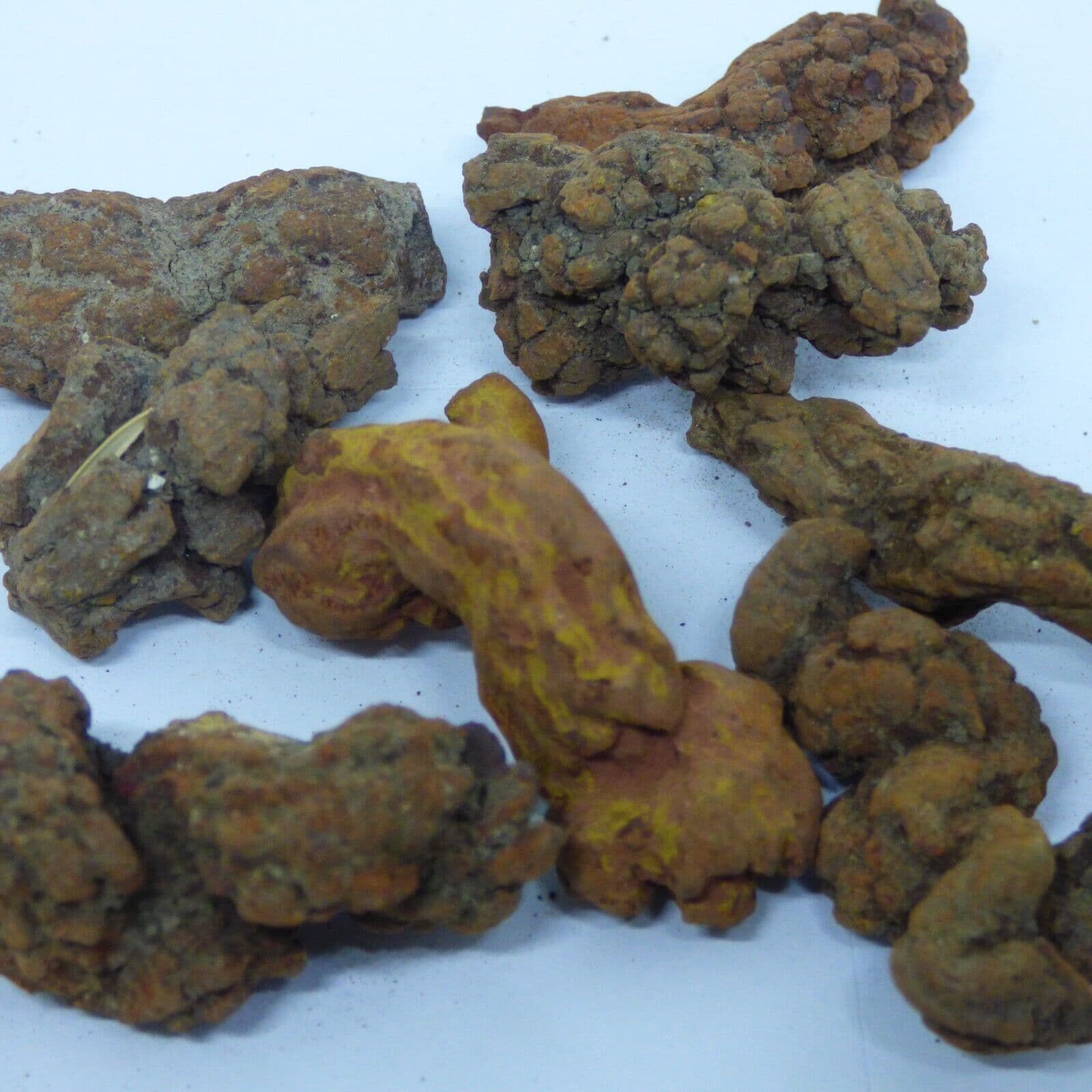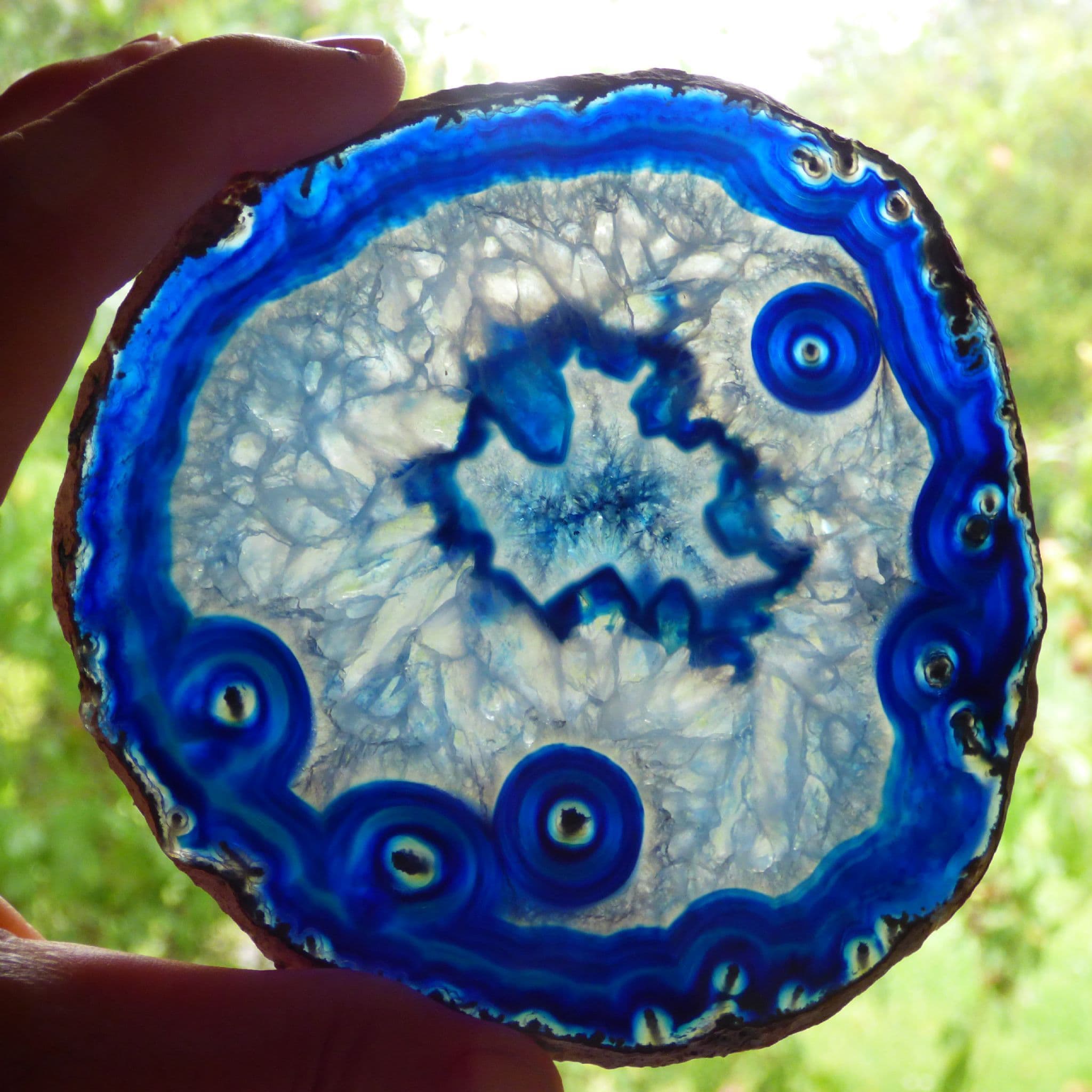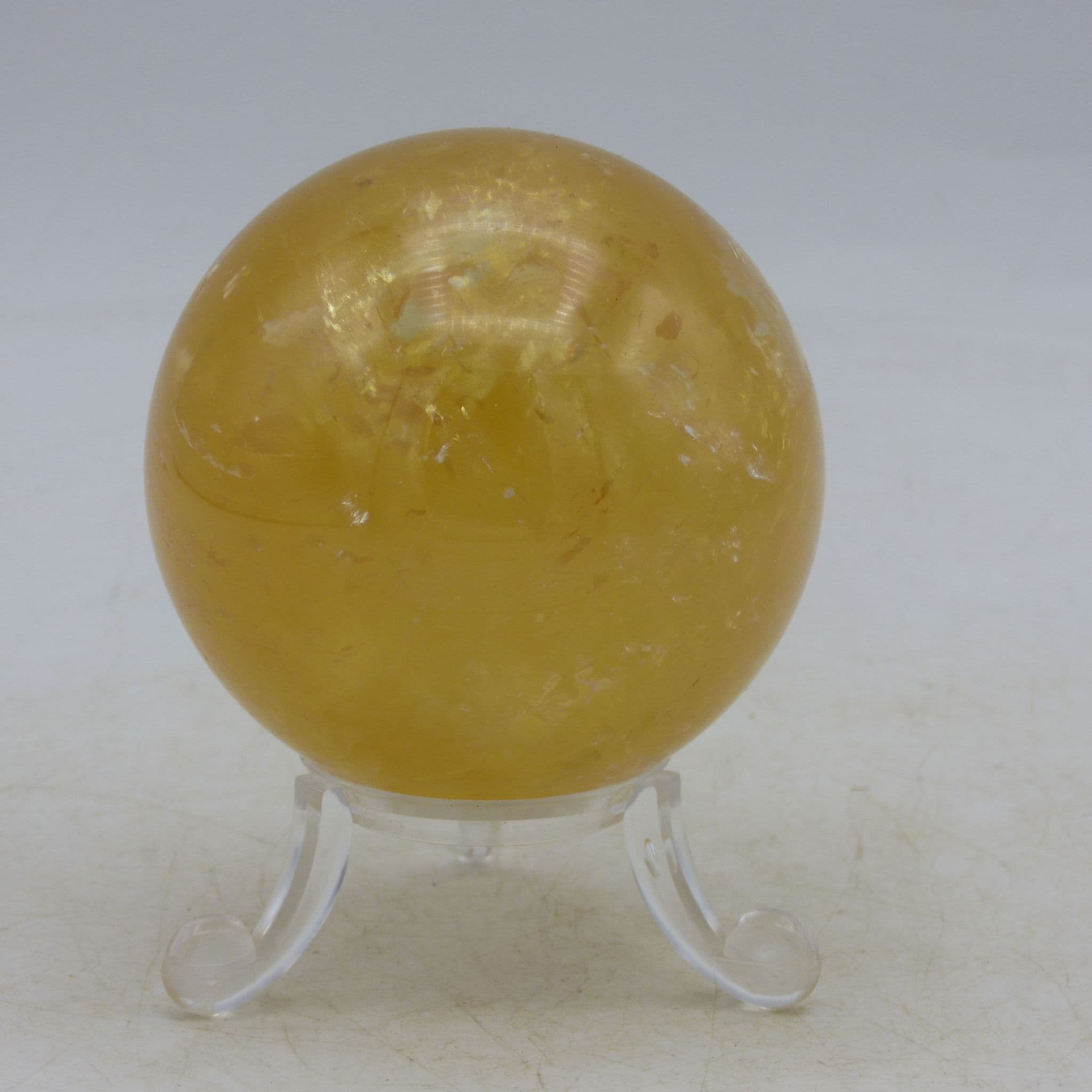Section of Fossilized Miocene Boxstone
Guarantee Safe Checkout

Section of Fossilized Miocene Boxstone
Section of Miocene Boxstone (Wrongly labelled as Mastadon Tusk) from Old Collection -Norwich Cragg Formation in Acrylic Collectors Box.
This specimen is a section of Boxstone. The collector has labelled it as Mastadon tusk, but I got it identified as boxstone and not tusk. Boxstones are nodules of phosphate-rich sandstone which can sometimes contain fossils. They are unusual rocks and are typically smooth and similar to a pebble, like this one. A small number contain fossils inside them. The old collectors label is supplied as pictured, as he identified it as a section of Mastadon Tusk, but we are pretty sure it is a boxstone. From an old collection, formed between 1960 and 1990 by a professional gentleman. The collection was mainly from the Eastern Bavents and the Walberswick Beach. Most of the finds are from the Norwich Crag Formation which is early Pleostocene. Easton Bavents is a well known fossil locality north of Southwolds, Suffolk. It has produced mammals from the earliest Plestocene; Baventian stage. The area is of international importance. However, today, fossils are much less common to find. This is because of thinning beds, due to connsiderable erosion. Fossil collecting is also limited to favourable tides. This was a time of temperate forests with hemlock before the onset of the great ice ages. The fossil fauna and flora give important evidence of a climatic coolong trend from the Pilocene to the Pleistocene.The commonest Mammalian finds from Easton Bavents are those of the Southern Elephant, Archidiskodon Meridionalis ( mostly foot bones, teeth and limb fragments. Horse and Deer remains have also been found, as well as a large extinct giant deer known as Eucladoceras Falconeri. .
Date: The Norwich Crag Formation is a stratigraphic unit of the British Pleistocene Epoch. It was deposited around 2.4 to 1.8 Million Years ago.
Provenance: Found at Walberswick Beach. Norwich Crag. Outcrops in the Eastern half of the counties of Norfolk and Suffolk and is also represented in Essex and Hertfordshire.
Size: 31 gm 2.2 x 2.5 cm
Condition: Smooth and tactile. An interesting little specimen, particularly as box stones are very interesting and well worth looking up for anyone interested in geology. 5421
































